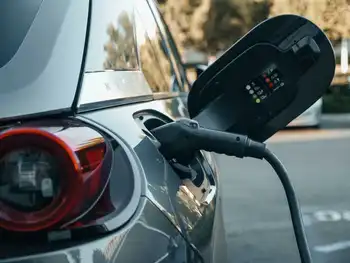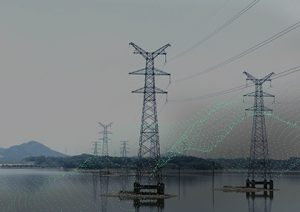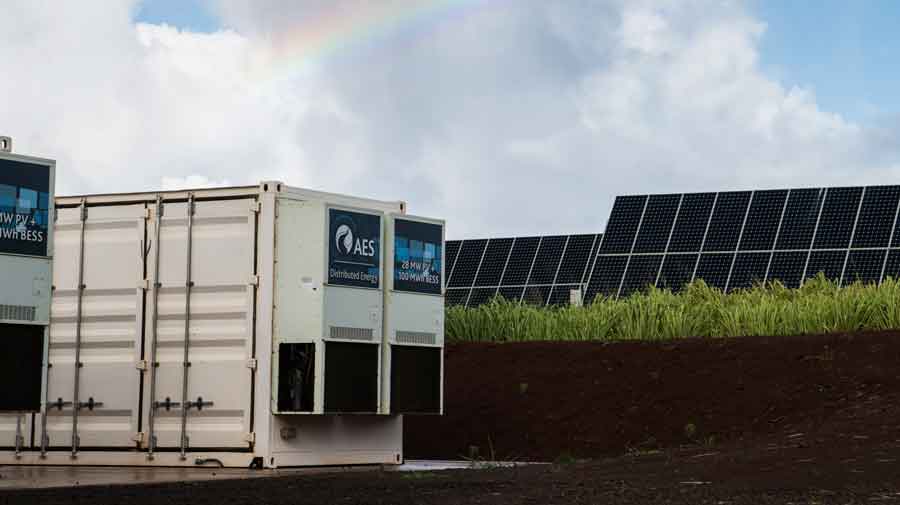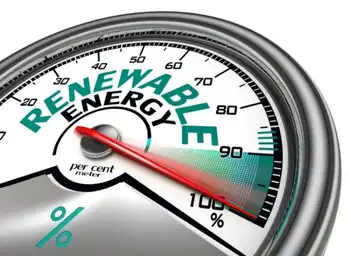Indian power sector focuses on rural projects
By Industry Info Services
Arc Flash Training CSA Z462 - Electrical Safety Essentials
Our customized live online or in‑person group training can be delivered to your staff at your location.

- Live Online
- 6 hours Instructor-led
- Group Training Available
The project aims to electrify 125,000 villages and release free connections to 23.5 million rural households below poverty line by 2009 at an investment of $8 billion. As of November 2007, Rural Electrification Corporation Limited, a public institution that finances power-infrastructure developments, has released $1.5 billion in funds toward 321 projects.
Under RGGVY, the Power Grid Corporation of India Limited (PGCIL) will execute projects in 87,300 villages at an estimated cost of $2.35 billion. PGCIL will also invest $13.75 billion to add 13,022 circuit kilometers of transmission lines to increase its inter-regional power-transfer capacity from the current 17,000 megawatts (MW) to 37,700 MW by 2012.
Another significant initiative, the ultra-mega power project (UMPP) undertaking, comprises nine projects to accelerate the power-generation capacity of the nation. Of these, only three have been awarded so far in tariff-based, competitive bidding processes.
Early this year, Reliance Power Limited (RPL) clinched the 4,000 MW UMPP in Krishnapatanam, Andhra Pradesh. RPL's bid to supply power to an average of 5.8 cents per unit was far lower than the bids of 6.7 cents per unit received from Larsen & Toubro and 10.45 cents per unit from Sterlite Industries India Limited. RPL will invest more than $4 billion over 39 months on this project, which will run on imported coal and supercritical green technology.
RPL was also awarded the 4,000 MW UMPP at Sasan, Madhya Pradhesh, on a bid of 2.99 cents per unit. The special-purpose vehicle Sasan Power Limited is looking to procure the boiler turbine and generator package from domestic and foreign players and has already partnered with North American Coal Company for coal-mine development for this pithead coal project.
Power Finance Corporation (New Delhi) has set in motion the bidding process for the UMPP at Tilaiya, Jharkhand, and will issue the request for proposal to the short-listed bidders by May 30.
The Ministry of Power has assessed investment opportunities in the power sector to be more than $224 billion over the next five years. Of these, investments from players in the private sector will amount to $47 billion.











